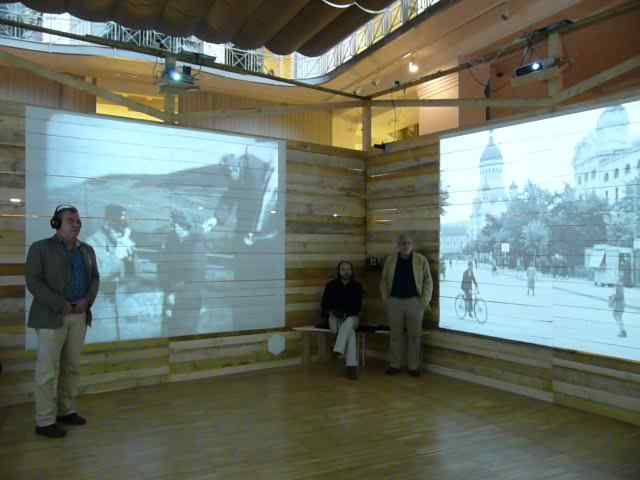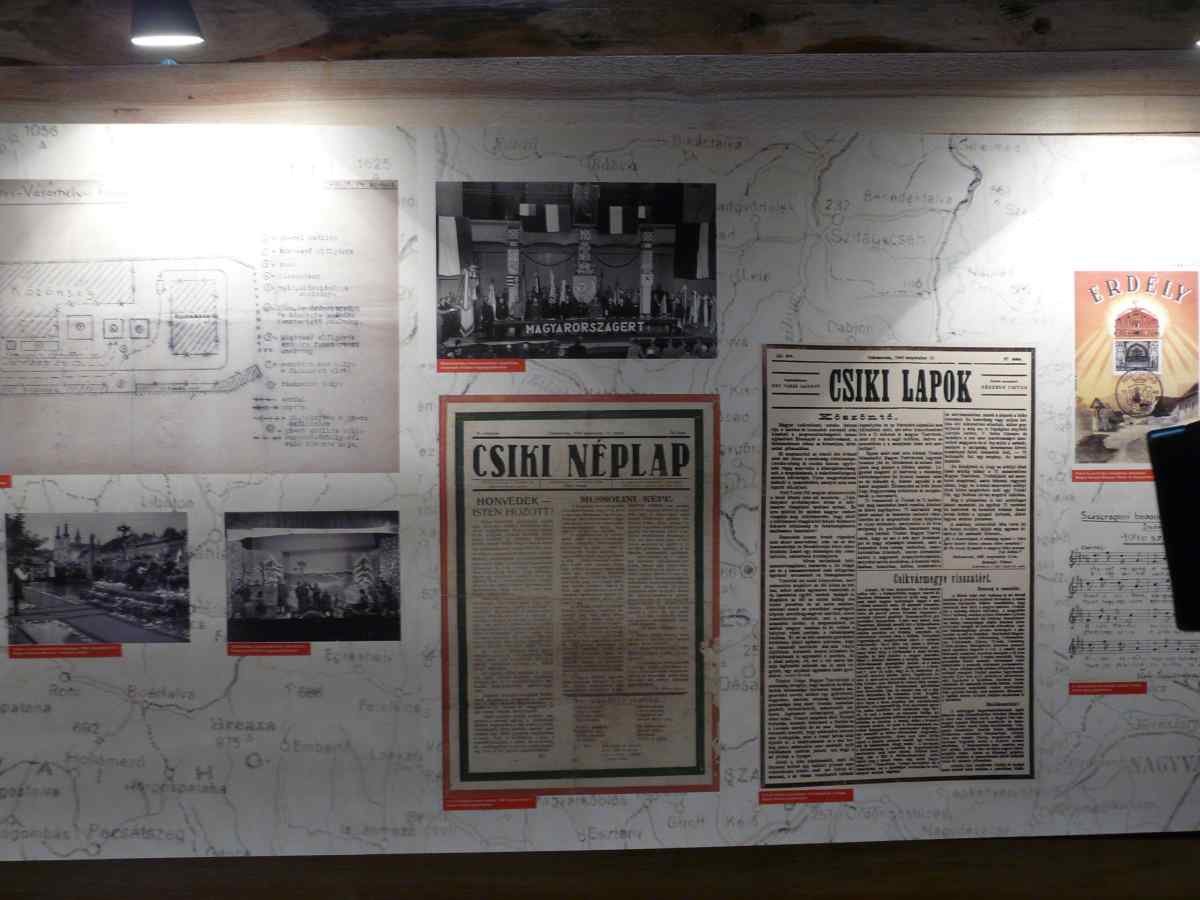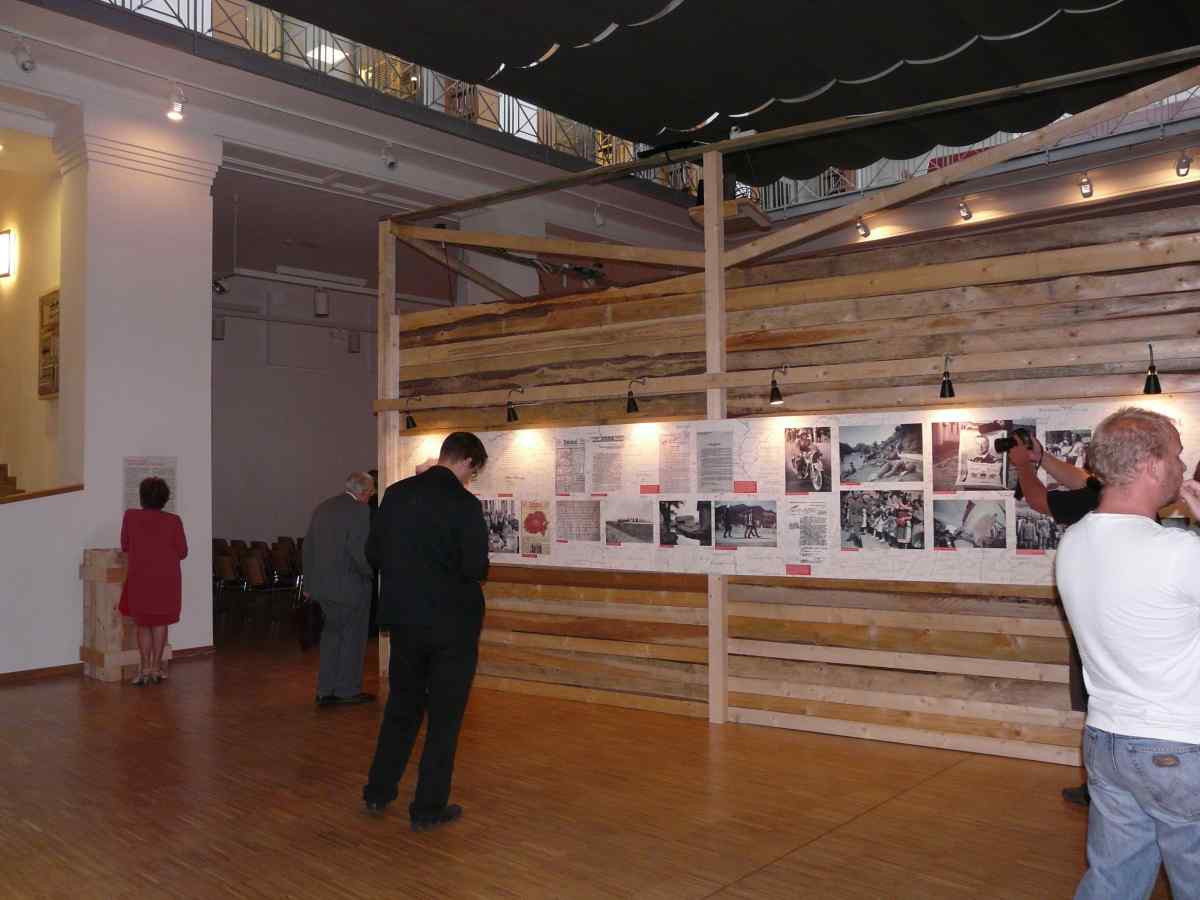Restoration
Northern Transylvania, 1940



design: TAMÁSI Miklós
The purpose of the exhibition is to present the contemporary reception of the restoration of Northern Transylvania from Romania to Hungary: the reactions to the act in both countries as well as its longer-term consequences.
The Second Vienna Award fundamentally influenced the two countries’ roles in World War II, and has been a source of tensions and unresolved traumas in the memories of both nations ever since. In 1940, by the decision of the Axis powers, primarily Hitler-led Germany, Northern Transylvania including Székelyföld was restored to Hungary. This was an area of approximately 43 thousand square kilometers: about two-fifths of the one-time Hungarian territories awarded to Romania by the Treaty of Trianon. The approximately 60 thousand square kilometers of South Transylvania, however, remained Romanian.
Using contemporary archival documents, press clippings, Hungarian and Romanian propaganda material, personal memoirs and diaries, radio broadcasts and hitherto unseen amateur photographs and footage, the exhibition focuses on how these historical changes influenced people’s lives. The exhibition will not indulge in any kind of nationalistic sentiment but will try to highlight the real events behind the official propaganda and illusions; the zeal and despair, and the tragic moments on both sides. We do not want to embellish or hide anything. By objectively reconstructing history, free from the distortions caused by the grievances entertained on either side, our goal is to help confront the past, to resolve traumas that have ever since burdened Hungarian and Romanian relations. In this spirit, this exhibition is a cooperative effort by Hungarian and Romanian historians.